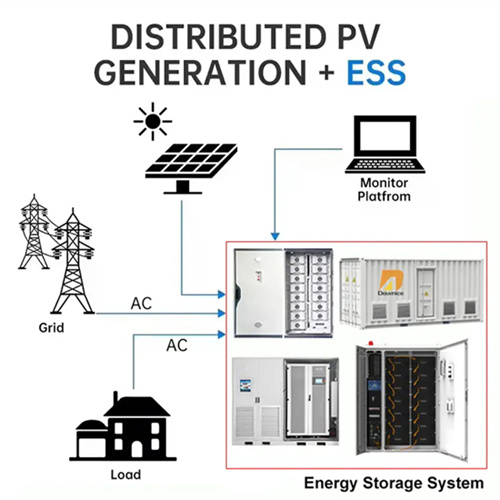About Https www energy gov eere solar organic photovoltaics research
As the photovoltaic (PV) industry continues to evolve, advancements in Https www energy gov eere solar organic photovoltaics research have become critical to optimizing the utilization of renewable energy sources. From innovative battery technologies to intelligent energy management systems, these solutions are transforming the way we store and distribute solar-generated electricity.
When you're looking for the latest and most efficient Https www energy gov eere solar organic photovoltaics research for your PV project, our website offers a comprehensive selection of cutting-edge products designed to meet your specific requirements. Whether you're a renewable energy developer, utility company, or commercial enterprise looking to reduce your carbon footprint, we have the solutions to help you harness the full potential of solar energy.
By interacting with our online customer service, you'll gain a deep understanding of the various Https www energy gov eere solar organic photovoltaics research featured in our extensive catalog, such as high-efficiency storage batteries and intelligent energy management systems, and how they work together to provide a stable and reliable power supply for your PV projects.
Related Contents
- 10 https energy gov eere solarpoweringamerica solar-energy-united-states
- 1 www1 eere energy gov solar sunshot glossary html
- 1 https energy ca gov renewables index html
- 2017 renewable energy report site https como gov
- Research papers on photovoltaics energy
- Solar wind storage energy research articles
- Solar energy research projects
- Udhaya energy photovoltaics p ltd upv solar
- Photovoltaics and solar energy engineering
- Nasa solar energy research
- Third generation photovoltaics advanced solar energy conversion
- Solar energy research center chile


